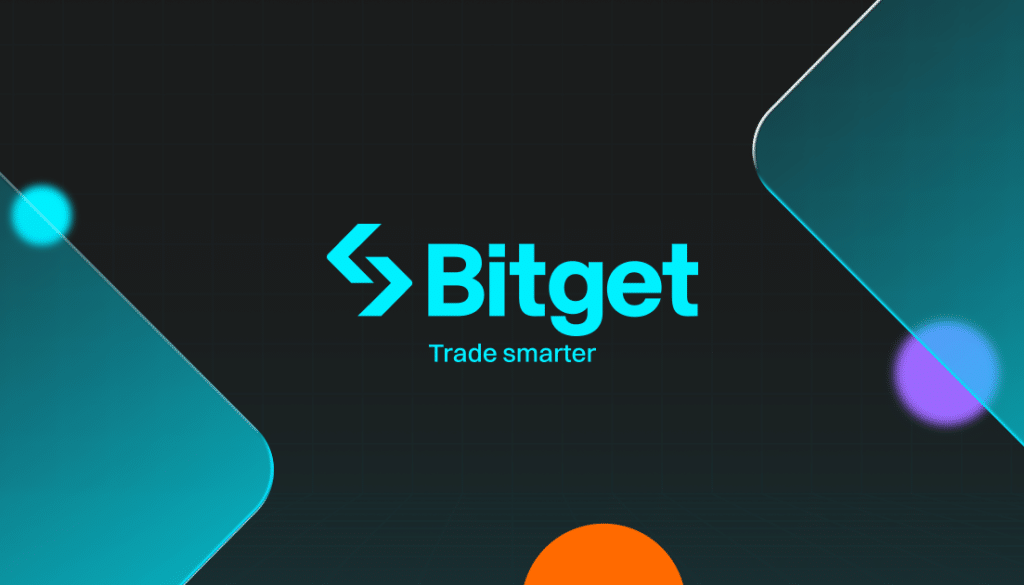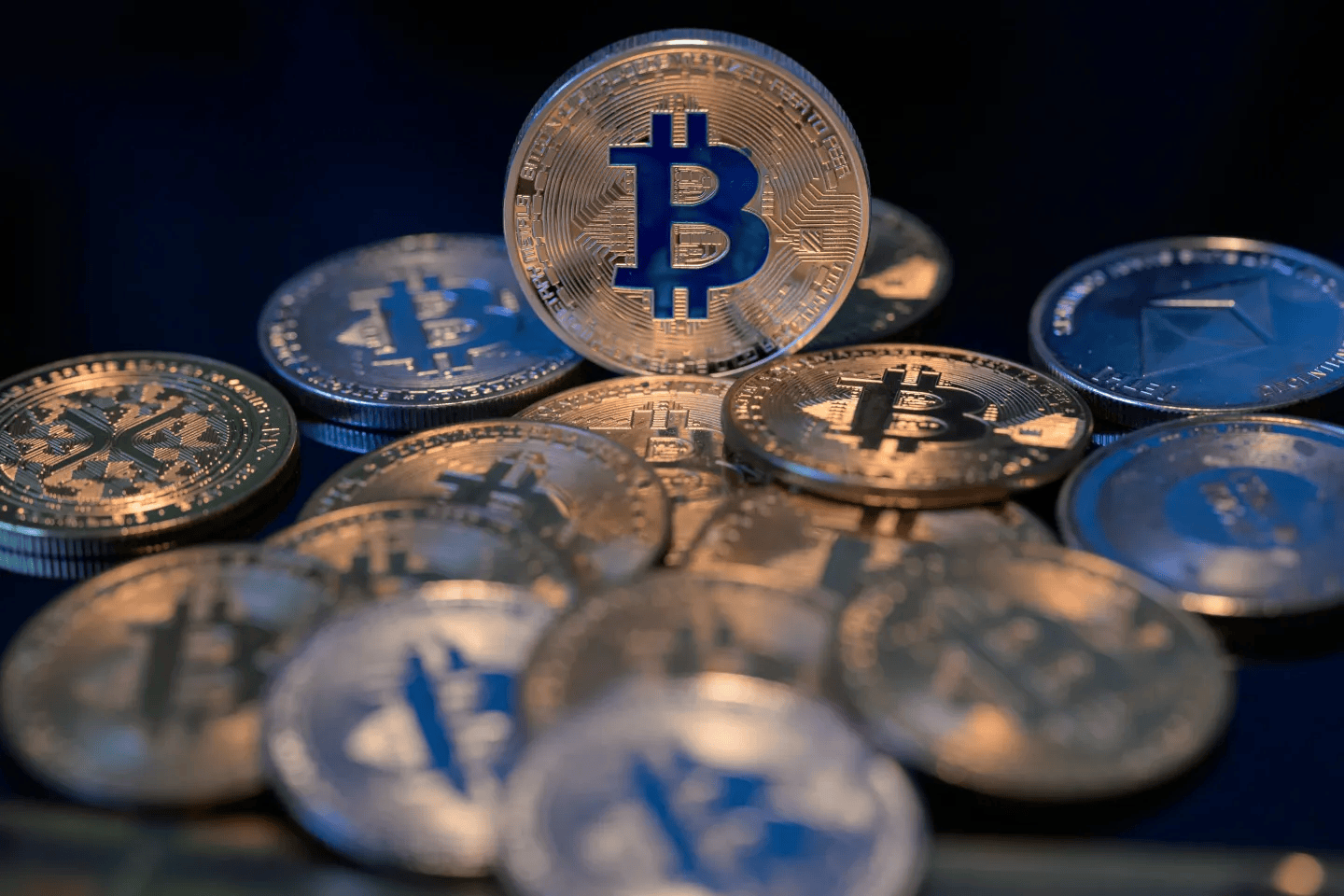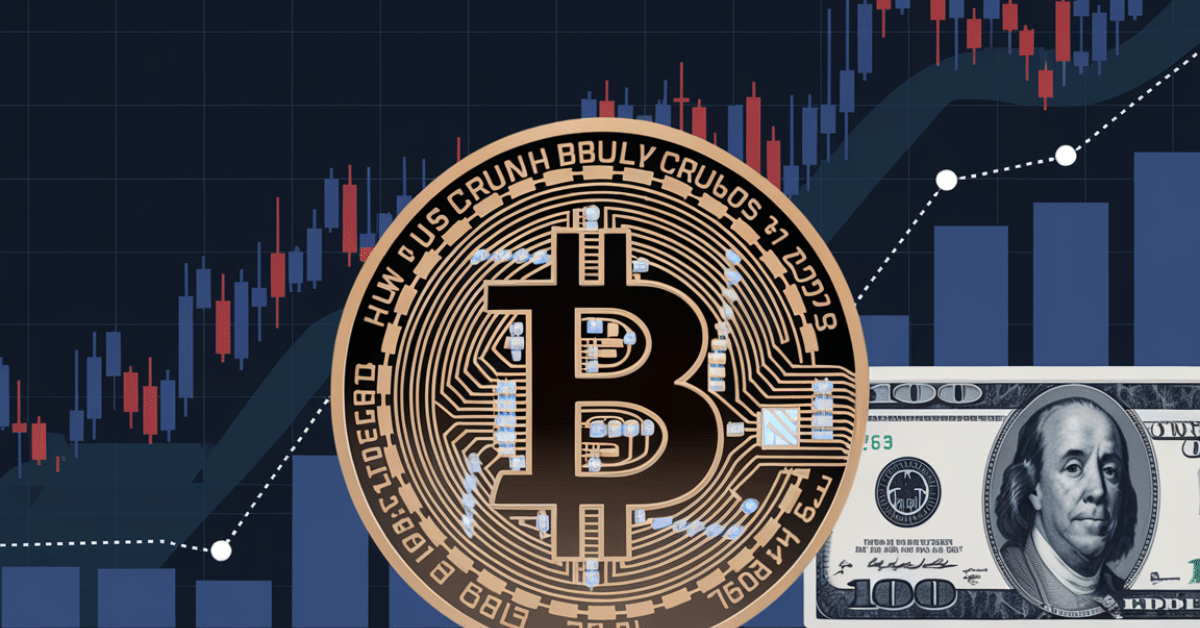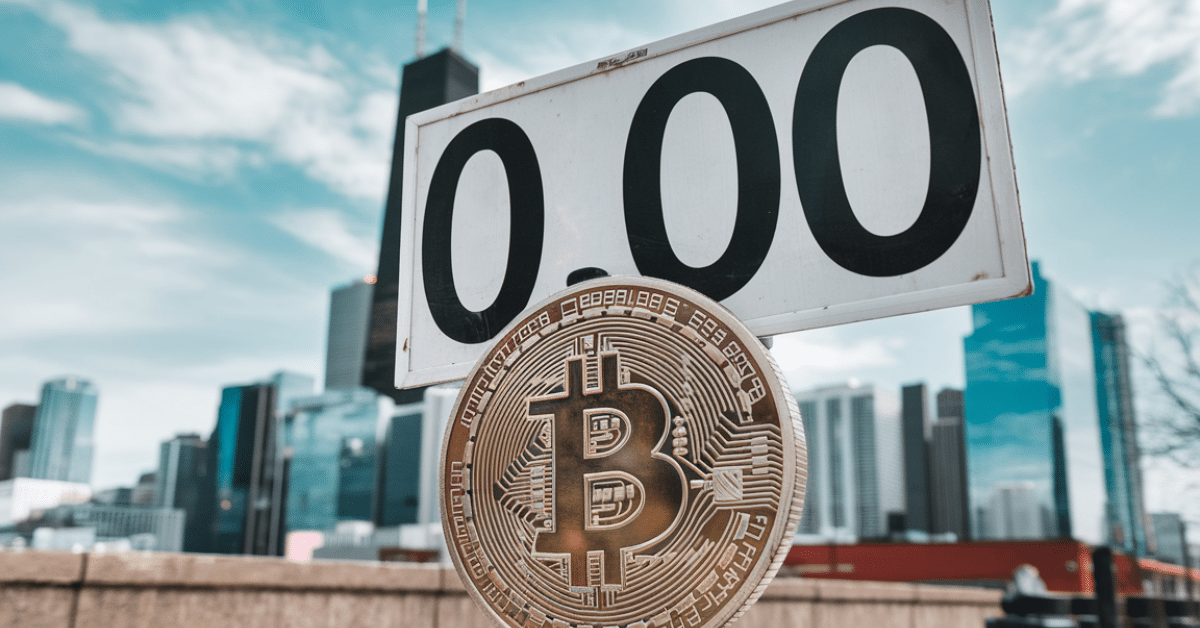Key Takeaways
- To buy crypto in the Philippines, pick a trusted exchange, select a legal exchange, complete KYC verification, fund your account, and decide how to store your coins securely.
- Selling is just as simple: transfer your coins to an exchange, set your price, and sell and withdraw your money.
- Stay informed on the Philippines’ crypto regulations, taxation rules, and secure storage practices to make sound trading decisions.
Cryptocurrency is legal in the Philippines, but it is not recognized as a legal tender. This means you can buy, sell, and trade it, but you cannot use it for everyday transactions like cash. The Bangko Sentral ng Pilipinas (BSP) regulates cryptocurrency exchanges to prevent money laundering and to protect consumers.
In this blog, we will discuss how to buy and sell cryptocurrencies in the Philippines, the best platforms to use, and important regulations to be aware of. We will also look at how to keep your assets safe with different wallets.
How can I Buy Crypto In The Philippines?
Buying cryptocurrency in the Philippines is a simple process. Here’s the complete method tailored for Filipino buyers.
Choose A Reputable Crypto Exchange
First, select a reliable exchange that operates in the Philippines. Some popular ones include Coins.ph, GCrypto, PDAX (Philippine Digital Asset Exchange), and Maya.
These platforms keep up with local regulations, especially given the recent scrutiny of exchanges by the Bangko Sentral ng Pilipinas’ (BSP).
Set Up Your Account
The next step is to create an account. Here’s how to do it:
- Registration: Visit the exchange’s website or download the app. Register using your email address and set up a strong password.
- KYC Verification: Most exchanges require KYC (Know Your Customer) verification. Expect to submit:
- A government-issued ID (e.g., Passport, PHILSYS ID, Passport, Driver’s License).
- Proof of address, such as a utility bill or bank statement.
- A selfie to verify identity.
Platforms that clearly explain their KYC procedure, such as Coins.ph and Binance, make the verification process simple. KYC can take from a few hours to days to complete.
Fund Your Account
Funding your account is important before you make a purchase. Here are popular methods in the Philippines:
- Bank Transfers: Most local banks, such as UnionBank, RCBC, and Security Bank, support transfers to crypto exchanges. Certain banks may limit or ban cryptocurrency transactions, so be sure to check the specific requirements.
- E-Wallets: Services like GCash and Maya are commonly used for crypto transactions. GCash, for example, provides features such as GCrypto, which allows users to buy cryptocurrencies directly from the app. Reddit users have noted that GCash offers low-cost transactions for cashing in to buy cryptocurrency.
- Credit/Debit Cards: Many exchanges accept credit and debit cards. For example, Binance charges a fee of about 2% for card transactions. However, make sure your card issuer allows cryptocurrency purchases, as some banks ban such transactions.
Buy Cryptocurrency
Once your account is funded, buying cryptocurrency is the next step:
- Select Cryptocurrency: Log in to your chosen exchange and go to the trading section. Select the cryptocurrency you wish to buy (e.g., Bitcoin, Ethereum).
- Enter Purchase Amount: Specify how much PHP you want to invest. The exchange will show you how much cryptocurrency you can buy at the current rate.
- Review Fees: Check for any transaction fees associated with your purchase. Each exchange has unique fee structures, so understanding them can help you make the most of your investment.
- Complete the transaction: After reviewing the details, confirm your purchase. The cryptocurrency will be credited to your account right away, or it may take some time.
Secure Your Cryptocurrency
After buying, you should make sure your cryptocurrency is secure. Here are storage options:
- Exchange Wallets: Although they are simple to use, there are more risks involved in keeping your assets on exchanges. For extra security, use two-factor authentication (2FA).
- Software Wallets: Use trusted software wallets like Trust Wallet or Blockchain.com for better control over your keys and security.
- Hardware Wallets: Ledger or Trezor are examples of hardware wallets that offer the highest level of security. These devices keep your cryptocurrencies offline and protected from potential online threats.
How To Sell Cryptocurrencies In The Philippines?
Choose Your Selling Platform
Select a platform where you will sell your cryptocurrency. Here are some popular options:
- Coins.ph: Allows you to sell various cryptocurrencies directly for PHP. It’s user-friendly and connects with local banks and e-wallets.
- PDAX: A regulated exchange that supports PHP transactions. It’s secure and has a simple interface.
- Binance: Offers a peer-to-peer (P2P) feature where you can sell directly to other users for PHP.
- Local P2P Platforms: P2P platforms in the Philippines like Moneybees let you negotiate and sell to buyers directly.
Prepare For The Sale
- Confirm Your Holdings: Check the amount of cryptocurrency you plan to sell in your wallet or account.
- Check Market Prices: Look at current prices to decide on when to sell. Use price tracking tools or the exchange market chart.
- Understand Fees: Different platforms have various fees associated with sales. These can include:
- Trading fees: Charged for executing a trade.
- Withdrawal fees: Fees incurred when moving PHP to your bank account or e-wallet.
- Deposit fees: Some exchanges might have charges associated with certain payment methods.
Understanding these fees will allow you to calculate net proceeds from your sale.
Start The Selling Process
- Log In: Access your exchange account with your username and password.
- Find the Sell Section: Look for options labeled “Sell” or “Trade” on the platform.
- Select Your Cryptocurrency: Choose the specific cryptocurrency you want to sell.
- Enter the Amount: Decide how much of your cryptocurrency you want to sell.
- Choose Price Type:
- Market Order: Sell at the current market price for a quick transaction.
- Limit Order: Set a specific price for selling. This may take time if the market doesn’t reach your price.
- Confirm the Sale: Carefully check the sale details. Confirm the amount, price, and any fees. Once everything looks good, complete the transaction.
Withdraw Your Funds
- After the sale is completed, the PHP will appear in your exchange account. The next step is to withdraw these funds to your bank account or e-wallet. Common methods include:
- Bank Transfer: Link your bank account (e.g., UnionBank, RCBC, or Security Bank) for a direct transfer. Be mindful of potential withdrawal fees.
- E-Wallets: Utilize services like GCash or Maya for quicker access to your funds.
- Specify how much PHP you want to withdraw. Ensure to account for any fees that may reduce the total amount received. Review the details and confirm the transaction.
Depending on the method, it may take a few minutes to a couple of days for funds to reflect in your selected account.
Maintain Records For Tax Compliance
In the Philippines, capital gains earned from cryptocurrency sales are subject to taxation. It is important to keep detailed records for tax reporting purposes, including:
- Date of Sale: When you sold your cryptocurrency.
- Amount Received: PHP amount earned from the sale.
- Transaction Fees: Any fees incurred during the sale process.
Stay informed about current tax regulations to ensure compliance and prepare for annual tax filings.
Popular Crypto Exchanges In The Philippines
Binance

In the Philippines, Binance, the biggest cryptocurrency exchange in the world, is very popular. Its extensive cryptocurrency selection, advanced trading tools, and user-friendly interface are the main reasons for its popularity.
Usage:
- Daily trading volume exceeds $30 billion.
- Approximately 230 million users worldwide.
Advantages for Filipinos:
Binance allows trading in Philippine Pesos (PHP) and provides a wide range of services, such as peer-to-peer (P2P) trading, futures trading, and staking, with competitive costs of about 0.1% for spot trades. Its solid security protocols and committed customer service further solidify its standing as a top option for Filipino traders.
However, Binance has faced regulatory issues in the Philippines, so users should stay updated on its legal status.
Coins.ph

Coins.ph is very popular in the Philippines due to its multifaceted approach. The platform was founded in 2014 by Ron Hose and provides crypto trading and other financial services like bill payments and remittances.
Usage:
- Over 16 million registered users.
- Approximately 7 million active users monthly.
Advantages for Filipinos:
The platform offers a straightforward, user-friendly mobile app, connects smoothly with regional payment methods (such as GCash), and enables users to buy cryptocurrencies with ease using PHP. Coins.ph serves as a crypto wallet that accepts popular cryptocurrencies like Ethereum and Bitcoin, enabling users to easily manage their digital assets.
PDAX (Philippine Digital Asset Exchange)

PDAX is a local exchange regulated by the Bangko Sentral ng Pilipinas (BSP) and is known for establishing trust and security in crypto trading.
Usage:
- The user base is steadily growing, though specific numbers are not publicly reported.
- It is often ranked among the top local exchanges based on trading volume.
Advantages for Filipinos:
PDAX is a user-friendly platform for fast PHP transactions. Its compliance with local regulations boosts user confidence, and it offers a variety of cryptocurrencies and trading pairs. PDAX implements strong Know Your Customer (KYC) protocols to ensure a secure trading environment.
KuCoin

KuCoin offers a huge variety of cryptocurrencies and some cool trading features that appeal to people all over the world.
Usage:
- Over 30 million registered users.
- Daily trading volume averages around $1.8 billion.
Advantages for Filipinos:
KuCoin works with a lot of different cryptocurrencies, not just the main ones. The site has trading bots and a unique way to make money through the KuCoin Earn program. Its easy-to-use interface makes it appealing to both new and experienced traders.
Bitget

Bitget is gaining popularity due to its focus on user experience and innovative features designed for both beginners and seasoned traders.
Usage:
- Its precise user base is not given much attention, but its global reach is expanding.
- Notable trading volume statistics highlight its rise in the crypto community.
Advantages for Filipinos:
Bitget supports PHP transactions and offers features such as copy trading, allowing users to mimic successful traders. It also provides futures trading options, appealing to users looking for additional investment strategies.
GCrypto

GCrypto is a cryptocurrency trading platform integrated into the GCash app. It allows Filipino users to buy and sell various cryptocurrencies directly through their existing GCash accounts.
Usage:
- Users can easily purchase cryptocurrencies like Bitcoin (BTC), Ethereum (ETH), and others using Philippine Pesos (PHP) directly from their GCash wallets.
- Similarly, users can sell their crypto holdings to PHP within the GCrypto platform and have the funds reflected in their GCash wallets.
Advantages for Filipinos:
GCrypto brings crypto investing to a wider Filipino audience by leveraging the widespread use of the GCash app. Moreover, GCash is a regulated and trusted financial platform in the Philippines.
Maya

Maya Crypto is a feature within the Maya app that allows users to buy, sell, and hold various cryptocurrencies.
Usage:
- Users can easily buy and sell cryptocurrencies directly within the Maya app using Philippine Pesos.
- Maya allows users to start investing in crypto with as little as ₱1, making it accessible to a wider range of Filipinos.
- The low minimum investment and user-friendly interface make crypto investing more accessible to Filipinos who may have limited experience or capital.
Advantages for Filipinos:
By lowering the barriers to entry, Maya Crypto can contribute to greater financial inclusion by making crypto investing more accessible to a broader segment of the Filipino population. The platform is also regulated by the Bangko Sentral ng Pilipinas (BSP), the Philippines’ central bank.
Tax Rules And Legal Requirements
If you’re involved with cryptocurrency in the Philippines, it’s important to understand the tax rules and legal requirements. Here’s what you need to know.
Tax Implications
Any income from buying, selling, or using cryptocurrencies is taxable. This means that you must report any profits you make on your annual tax returns, and these profits may be subject to capital gains tax.
- Types of Assets: Cryptocurrencies can be classified as either ordinary assets or capital assets:
- Ordinary Assets: If cryptocurrency is treated as business income, it is taxed at regular income tax rates.
- Capital Assets: If treated as a capital asset, gains are taxed under capital gains rules.
- Capital tax: If you earn money from selling your cryptocurrency, you may have to pay capital gains tax. This tax can be up to 15% of your profit.
- Value-Added Tax (VAT): If you’re actively trading cryptocurrencies like inventory, you might need to pay VAT on your sales.
Legal Requirements
On the legal side, the Bangko Sentral ng Pilipinas (BSP) regulates cryptocurrency exchanges in the Philippines. All cryptocurrency exchanges must register with the BSP and comply with anti-money laundering regulations. This means they need to monitor transactions and verify customer identities.
Companies that provide cryptocurrency services, known as Virtual Asset Service Providers (VASPs), must obtain a license and follow strict reporting requirements.
Exchanges are required to issue official receipts for transactions, and they might have to withhold taxes for certain sales. Consumer protection is also a priority, with the BSP ensuring that exchanges clearly communicate the risks associated with trading cryptocurrencies.
Exchanges must also follow regulations to prevent money laundering and terrorist financing.
Ongoing Changes
Laws and regulations regarding cryptocurrencies are evolving. It’s important to stay updated on any changes or new rules introduced by the government.
Conclusion
Buying and selling cryptocurrency in the Philippines is straightforward, thanks to reliable exchanges regulated by the Bangko Sentral ng Pilipinas (BSP). To trade safely, choose a reputable platform, set up your account, fund it properly, and secure your assets.
Always keep track of your earnings for tax compliance and stay updated on regulations. Whether you’re new to crypto or experienced, following these steps can improve your trading experience and protect your investments.























